

The global satellite navigation system market is undergoing rapid growth, driven by advancements in technology, rising demand for accurate positioning solutions, and increasing applications across industries such as transportation, defense, agriculture, and telecommunications. Satellite navigation systems, commonly referred to as GNSS (Global Navigation Satellite Systems), are essential for navigation, timing, and geolocation applications in both personal and industrial contexts.
This report by International Market Research (IMR) provides a detailed analysis of the satellite navigation system market, its current trends, and future growth forecasts from 2024 to 2031.
Market Overview
The satellite navigation system market was valued at approximately USD 175 billion in 2023 and is projected to reach USD 280 billion by 2031, growing at a compound annual growth rate (CAGR) of 6.3% during the forecast period. This growth is primarily fueled by the increasing penetration of smartphones, demand for autonomous vehicles, and government initiatives for enhanced navigation infrastructure.
Key Market Drivers
1. Increasing Demand for Precision in Navigation
Accurate navigation is critical in industries such as aviation, maritime, and automotive. The adoption of GNSS for applications requiring centimeter-level precision, such as agriculture and surveying, is expanding rapidly. By 2031, IMR projects that precision agriculture alone will account for 15% of the market’s revenue.
2. Expansion of Satellite Constellations
Ongoing developments in GNSS constellations such as GPS (United States), GLONASS (Russia), Galileo (European Union), and BeiDou (China) are enhancing the coverage, reliability, and accuracy of satellite navigation systems. The number of operational satellites is expected to grow from 120 in 2023 to over 200 by 2031, ensuring robust global positioning capabilities.
3. Rising Adoption in Autonomous Vehicles
Self-driving cars and drones rely heavily on GNSS for navigation and positioning. With the autonomous vehicle industry expected to grow at a CAGR of over 18% during the same forecast period, the demand for satellite navigation systems is anticipated to rise exponentially.
4. Government Investments in Navigation Infrastructure
Governments worldwide are heavily investing in GNSS infrastructure to support national security, transportation, and disaster management. For instance, IMR estimates that global public sector spending on GNSS infrastructure reached USD 25 billion in 2023 and will continue to grow.
5. Proliferation of IoT and Connected Devices
The Internet of Things (IoT) ecosystem depends on satellite navigation systems for geolocation and tracking. By 2031, the number of IoT-connected devices is forecasted to exceed 50 billion, creating a robust demand for GNSS-enabled solutions.
Market Segmentation
The satellite navigation system market is segmented by component, application, end-user industry, and region.
1. By Component
a. Hardware
b. Software and Services
2. By Application
a. Automotive and Transportation
This segment dominates the market, accounting for 40% of the total revenue in 2023, with significant contributions from fleet management, navigation systems, and autonomous vehicles.
b. Aviation
GNSS is essential for air traffic management and navigation. By 2031, the aviation segment is projected to contribute over 12% of market revenue.
c. Agriculture
Precision farming using GNSS for field mapping and automated equipment guidance is expected to grow at a CAGR of 8.2%.
d. Defense and Security
Defense applications, including missile guidance and troop movement tracking, are key contributors to market growth.
e. Other Applications
This includes applications in telecommunications, geospatial mapping, and disaster management.
3. By End-User Industry
a. Consumer Electronics
With GNSS integration in smartphones, wearables, and portable navigation devices, this segment is expected to remain dominant.
b. Industrial
Industries such as construction, mining, and logistics increasingly rely on GNSS for operational efficiency.
c. Government and Defense
Critical applications in defense and public infrastructure drive growth in this segment.
4. By Region
a. North America
North America leads the satellite navigation system market with over 35% market share in 2024, attributed to technological advancements and widespread adoption of GNSS in various sectors.
b. Europe
The European market is growing steadily due to the Galileo program and increased use of GNSS in agriculture and transportation.
c. Asia-Pacific
Asia-Pacific is the fastest-growing region, with China and India at the forefront. The BeiDou Navigation System’s expansion is a significant driver, and the region is expected to account for 30% of global revenue by 2031.
d. Latin America, Middle East, and Africa (LAMEA)
These regions are gradually adopting GNSS technologies, with significant potential for growth in infrastructure and transportation.
Competitive Landscape
The satellite navigation system market is characterized by intense competition, with key players focusing on innovation, collaboration, and expanding their satellite constellations. Prominent players include:
Future Trends (2024–2031)
Conclusion
The satellite navigation system market is on a robust growth trajectory, driven by increasing applications across industries, technological advancements, and government investments. By 2031, the market is expected to reach USD 280 billion, offering significant opportunities for stakeholders.
For customized research and strategic insights into the satellite navigation system market, rely on International Market Research (IMR) to provide accurate, actionable data for informed decision-making.
Source: International Market Research Analysis, 2024

International Market Research follows a comprehensive research methodology dedicated to offering the most accurate market estimation and analysis. It leverages a data triangulation methodology to estimate the market dynamics and deliver precise estimations. The company exploits a combination of top-down and bottom-up approaches for classifying and assessing quantitative aspects of the market.
This research study is based on exhaustive quantitative and qualitative analysis.
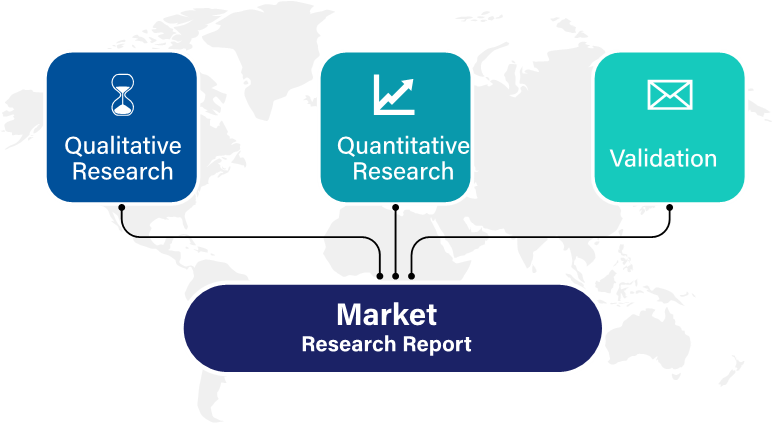
The Quantitative analysis involves numerous models, mathematical tools, projection, and sampling techniques. It encompasses the following steps:
Recognize market variables and derive market size.
Valuation of prospects, opportunities, and market penetration rates by analyzing Application Predictive Maintenance Solution, regional trends, etc.
Gauge historical market trends and derive present and future year-on-year growth trends
The qualitative analysis covers briefing about market dynamics and business opportunities and strategies. Lastly, all the research findings are authenticated over interviews with in-house industry experts, freelance consultants, and key opinion leaders, etc.
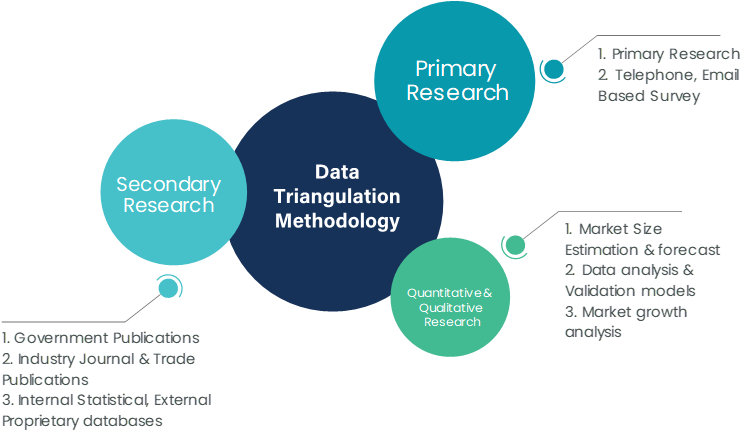
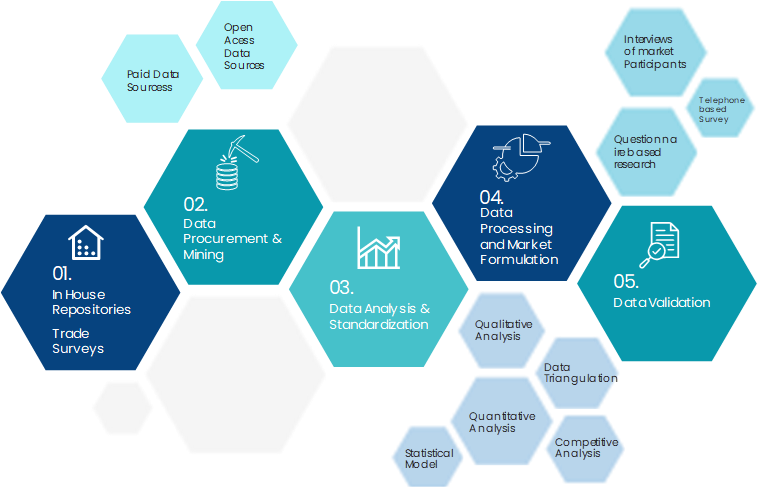
The preliminary raw data and relevant information are acquired via different sources such as secondary findings, trade surveys, and in-house repositories. Technical issues and trends are attained from technical symposia, surveys, and trade journals. Market dynamics such as driving factors, restraints/challenges, pricing trends, and opportunities are also collected using extensive secondary research via paid and open access data sources.
This info is then filtered to make sure that the related data including market trends, industry dynamics, and outlook is retained for the further research End-user. Data is constantly filtered to confirm that only authenticated sources are measured.
It comprises analysis & mapping of all the data gathered from the above step. It also includes the analysis of data differences observed across numerous data sources and arrives at final data points to be used for final calculations.
This step involves data End-user using various models, mathematical tools, projection, and sampling techniques to derive market findings. It also involves the placement of data points at suitable market spaces to gather viable conclusions.
Market estimates and forecasts are derived via simulation models. Collected data for market dynamics, Propulsion Type sets, pricing trends, and Type development is fed into the model and evaluated simultaneously. These factors are studied on a comparative basis, and their influence over the prediction period is quantified by means of regression, correlation, and time-series exploration. Analyst viewpoint & subject matter expert-based heuristic form of market sizing also plays an essential part in this step.
Some of the parameters measured as a part of the statistical model are:
Macro-economic indicators
Micro-economic indicators
Socio-political indicators
Environmental indicators
Propulsion Type indicators
Validation End-user aids to finalize data points to be used for final calculations. Primary Interviews are conducted to authenticate the data and analysis.
Primary research includes questionnaire-based research, email interactions, online surveys, and telephonic interviews. Interviewees are approached by prominent companies across the value chain including suppliers, Propulsion Type providers, domain experts, and buyers to ensure a holistic and unbiased picture of the market.
Industry participants involved in this research study include:
CEOs, VPs, market intelligence managers
Procuring and national sales managers technical personnel, distributors, and resellers
Research analysts and key opinion leaders from various domains
Our research methodology includes an ideal combination of primary and secondary initiatives.
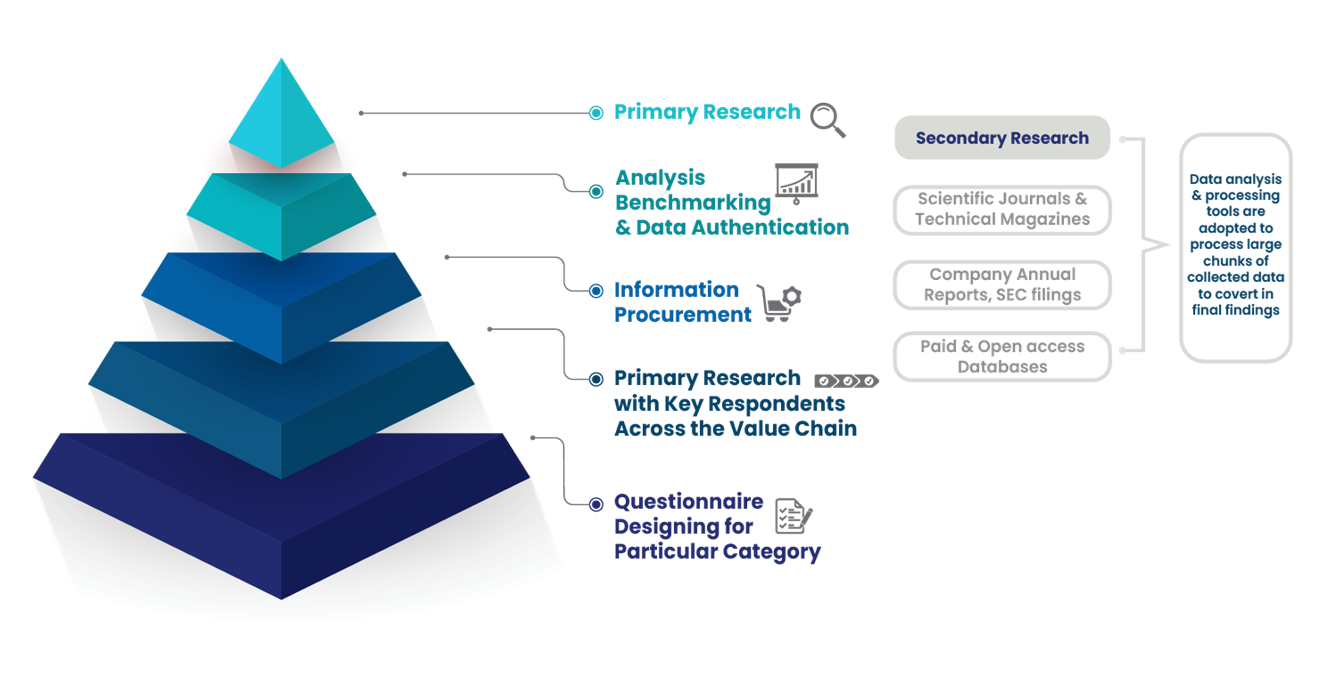
Source: International Market Research Analysis, 2024
It involves company databases such as Hoover's: This assists us to recognize financial information, the structure of the market participants, and the industry competitive landscape.
The secondary research sources referred to in the End-user are as follows:
Supply Chain and Inventory Managemental bodies, and organizations creating economic policies
National and international social welfare institutions
Company websites, financial reports and SEC filings, broker and investor reports
Related patent and regulatory databases
Statistical databases and market reports
Corporate Presentations, news, press release, and specification sheet of Manufacturers
Open access and paid data sources:
Eurostat
Statista
OneSource
Plastemart
WHO and World Bank
ITU
Factiva
Hoovers
Primary research includes online surveys and telephonic interviews.
Means of primary research: Email interactions, telephonic discussions, and questionnaire-based research, etc.
To validate our research findings and analysis, we conduct primary interviews of key industry participants. Insights from primary respondents help in validating the secondary research findings. It also develops Research Team’s expertise and market understanding.
Industry participants involved in this research study include:
CEOs, VPs, market intelligence managers
Procuring and national sales managers technical personnel, distributors, and resellers
Research analysts and key opinion leaders from various domains
We employ of following parameters in the absence of concrete data sources:
We assign weights to various parameters and quantify their market influence with the help of weighted average analysis, to derive an expected market growth rate
Income distribution, purchasing pattern, per capita income, and other end-user associated parameters
GDP, inflation rate, per capita disposable income, etc.
Expenditure, financial policies of the country, infrastructure and sector growth, and facilities
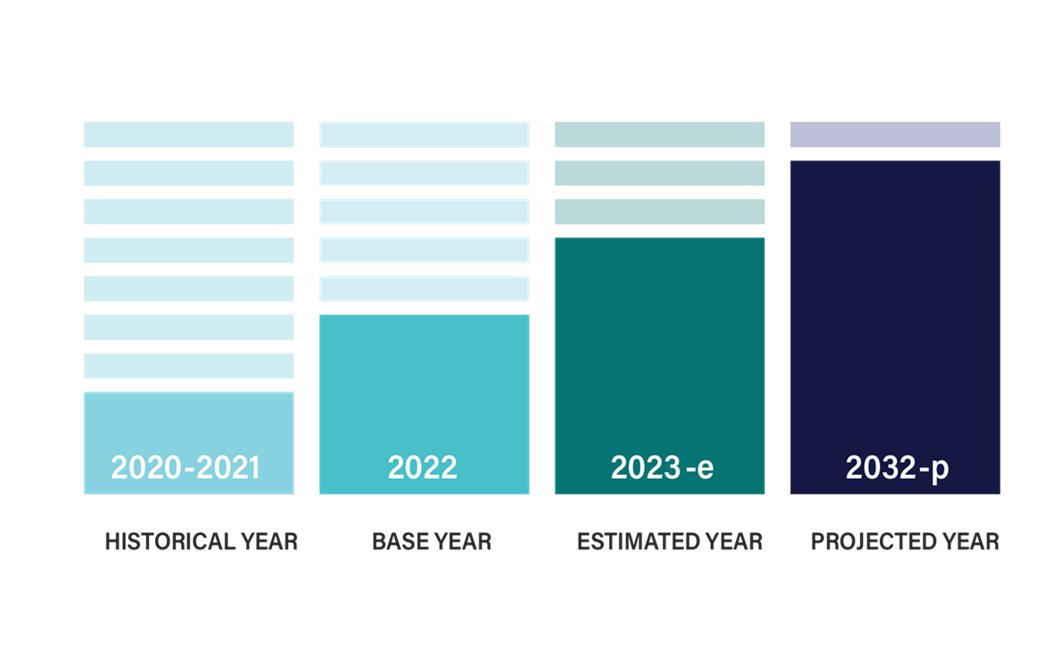
Source: International Market Research Analysis, 2024
International Market Research(IMR) is global leader in Market Research & Consulting services.